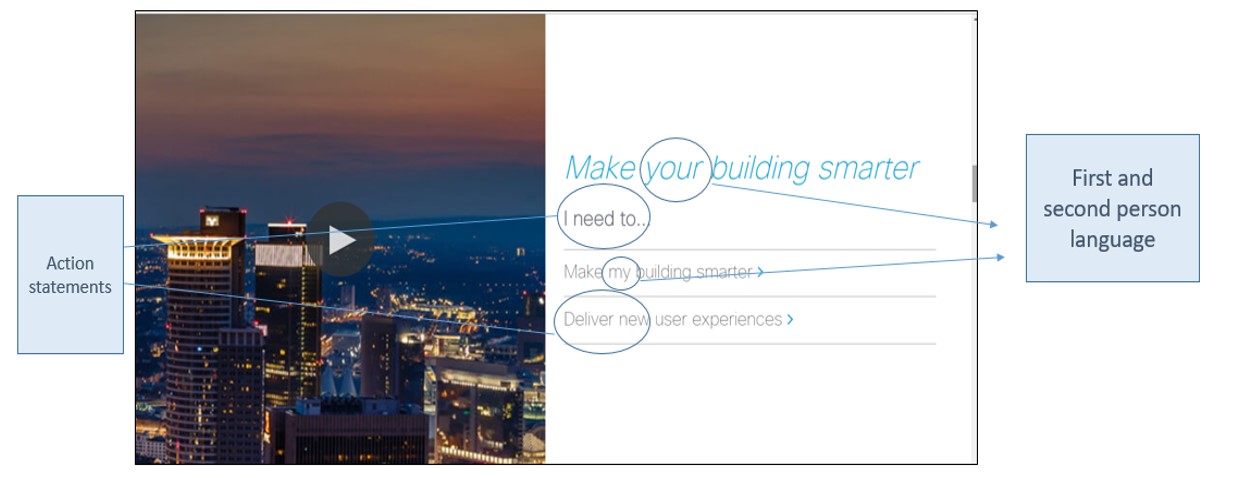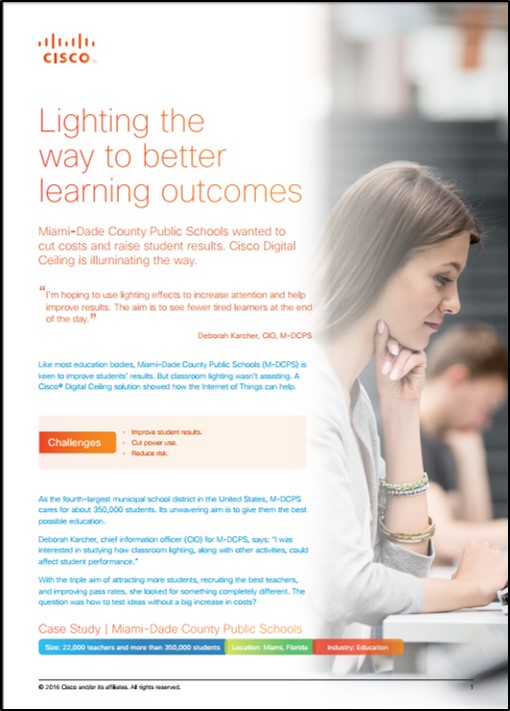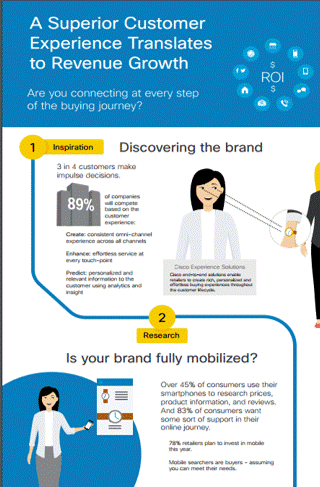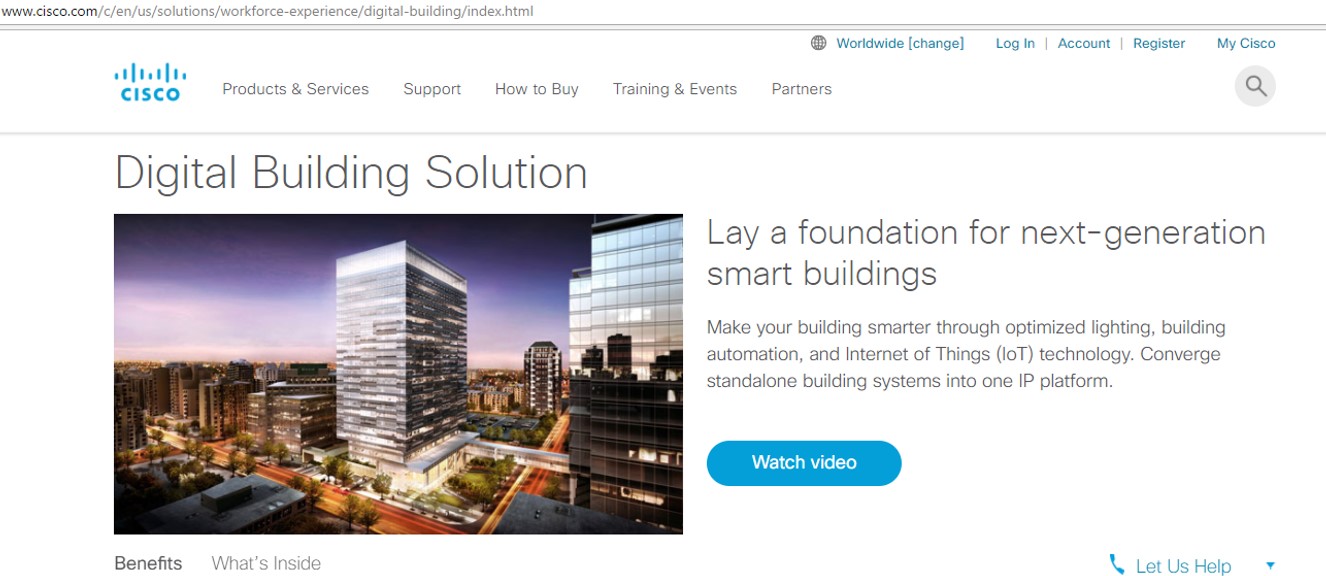B2B Content is for People, not for the Business

Note: Be sure to subscribe to my mailing list by 11:59 pm EST May 31st to be entered into a $50 Amazon gift card drawing. You also get an extra entry for each relevant comment (no spam).
I think the biggest problem with B2B content is that we, as content creators, focus way too much on the ‘Business’ in B2B.
Yes, I know that your entire company is focused on the fact that you are creating products and services for business customers. Your marketing materials are all full of examples of Returns on Investments and other business benefits. In fact, the reason you were likely hired was your experience and expertise in your company’s industry.
But all of that aside, we tend to forget that “the business” doesn’t make buying decisions, but actual humans do. People who want to impress their boss with impressive sales numbers, who want to learn the skills needed to get promoted, who worry about losing their jobs if their company doesn’t make enough money. These same people want to get their work done efficiently so they can get home in time to help their son with algebra and spend their weekends cheering on their daughter from the sidelines of a soccer field.
You Can’t Build Trust if You Aren’t Talking Directly to Your Readers
I like to explain content marketing as creating interesting and relevant content that solves people’s problems and builds trust in your brand. The key word is trust. You only trust someone that you have a relationship with. And your readers aren’t going to trust your brand unless they feel personally connected to your content.
Yes, a gazillion other people have said this before me, but it’s worth repeating. Great B2B content must be P2P: Person to Person. To me, solving the B2B Boringitis epidemic starts with one key point: To create great content, you must write for the actual people reading your words not for “the business.”
It’s a simple mindset change that has enormous impact. And once you start writing to the actual living breathing people reading your content, not some giant and soulless “business,” you begin creating content that actually makes people feel something. And you start making all of the many seemingly small content decisions that add up to a big impact with your reader in mind. Some of those decisions might look like this:
- The sales department and you get in an argument because you declare you will no longer use their favorite buzz words like “future proof,” “innovate,” and “personalized experience.”
- You throw the list of proposed topics that exactly mirrors your product’s features into the trash can.
- The editorial calendar now answers the real questions that your readers have about how to do their jobs better.
- Instead of just blogs, you create an infographic and have plans to do a video.
- Third person articles become a thing of the past and you start using second person.
- You go wild and write a first person article for fun and your readers love it.
How Cisco’s ‘Never Better’ Content is Written for Real People
I recently discovered Cisco’s Never Better campaign and think the Digital Business section is a fantastic example of Person-to-Person B2B Content. I’m going to be using various pieces of this campaign over the next few weeks because each section really uses emotion very effectively.
The Target Takeaway for the digital business section is Confidence, and if you don’t know what I’m talking about, check out this post because Target Takeaway is a concept I will keep talking about since I think it is the cornerstone for writing B2B content that people enjoy reading. The wording, the pictures, the subject, the headings – all the pieces work together to give people wanting to digitally transform their business the confidence that they know what they are doing and how to accomplish this big feat.
Here are three ways that Cisco created this content for people (not businesses):
1. Solving Reader Problems: By relating the content to common problems, the reader immediately wants to learn more and feels the content is relevant.
2. Uses First and Second Person: The content speaks directly to the reader using pronouns, such as You and I.

3. Moves Outside the Blog: Instead of just blog posts, this campaign uses a wide variety of different types of content for interest and to appeal to different types of learners, including videos, a case study on a topic most people care about (improving a school), and an infographic focused on solving the readers’ problems.
So next time you sit down to write a piece of content, turn off all of those voices in your head – Your sales team talking about business benefits, your boss talking about turning content into conversions and anyone else that focuses on the Business in B2B. The person you need to think about as you start typing away is your reader.
Do you see a difference in the effectiveness of your content when you focus on the reader, not the business? What tips do you have for accomplishing this challenging feat? Any examples of content you have seen that do a great job of creating P2P content for B2B?





Hi Jennifer, I’m REALLY excited to discover your new blog! I’m one of those techie people who love to write and I want to learn how to make my writing more appealing to humans and not to “businesses.” My friend Tom Mangan and I are starting a podcast blog where we will be interviewing people in the tech marketing writing world about their craft, their successes, and how they got to where they are. (I believe you may know Tom from the Freelance Success community.) We’d love to have you on our podcast and promote your work as I believe we’re all on the same wavelength. Tom has decades of journalism background and I’ve got decades of hands-on tech background. He and I aim to help each other to gain more experience in the tech marketing writing world.
Here’s an intro post re what we’re doing: http://techmarketingtales.com/a-podcast-at-the-intersection-of-technology-marketing-and-storytelling/
Thanks!
Jennifer, this is a great, great post. Thanks!
Hi Jennifer–when you write infographics, do you typically design them as well? If so, what program do you use?
Thanks for the great blog. 😀
Robert Bly wrote an article for engineers: “How to Become a Better Writer” that I believe would resonate with your readers. http://www.bly.com/newsite/Pages/PDFs/technical-and-business-writing-become-a-better-writer.pdf
These two sections in particular, “Put the reader first” and “Write in the second person” are the points you’ve been making.